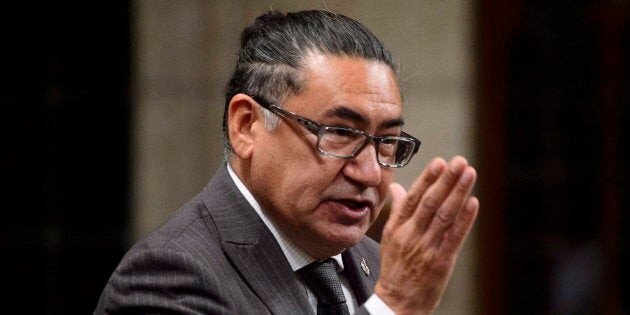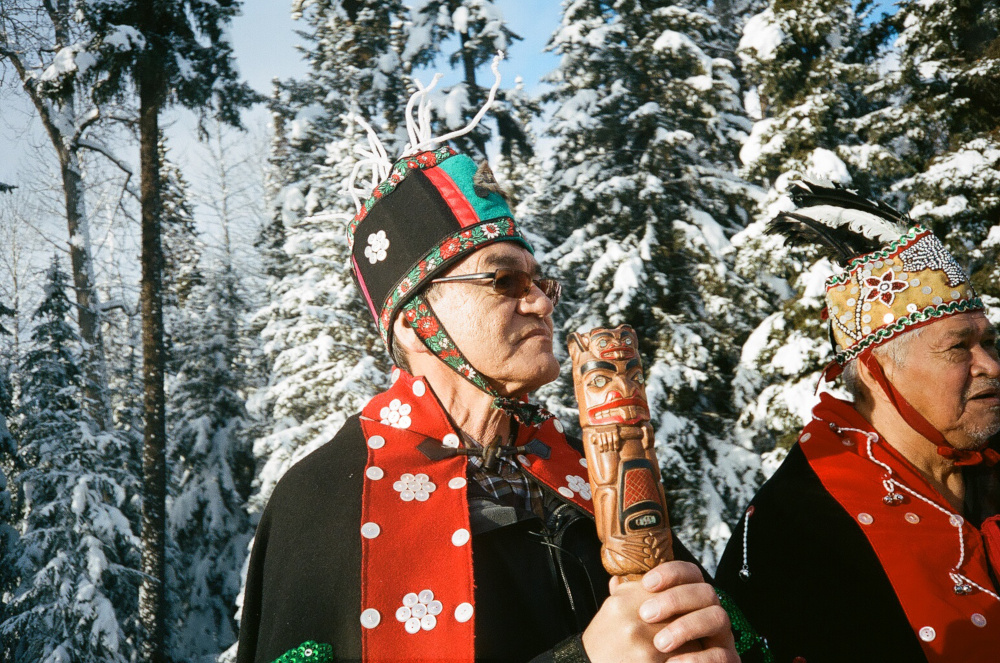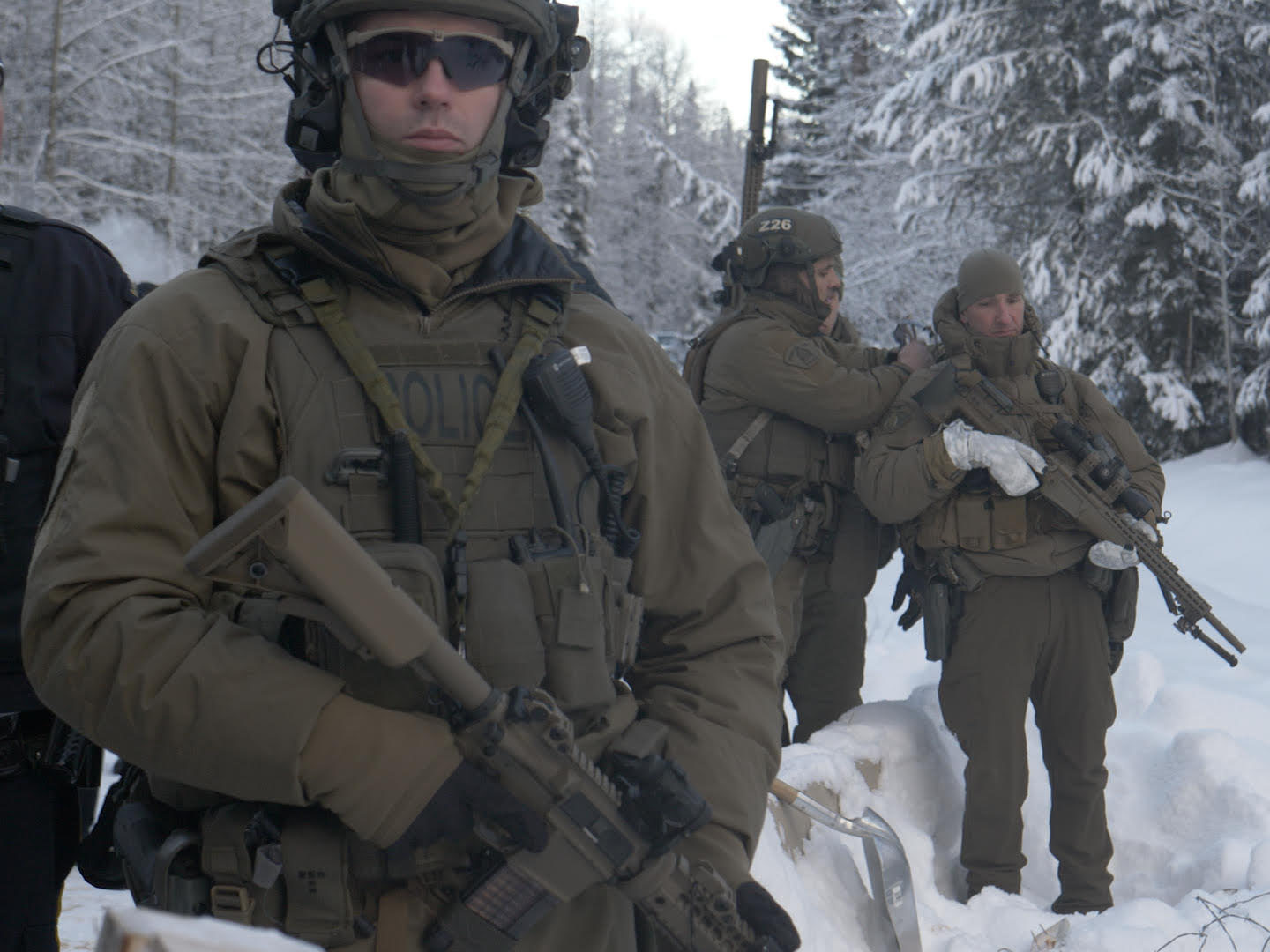First wave of RCMP injunction enforcement resulted in 6 arrests early Thursday morning

On Thursday, the RCMP began its anticipated enforcement of an injunction against a blockade by the Wet’suwet’en and their supporters. People at the Gidimt’en checkpoint expect police to show up again soon. (Jesse Winter/VICE)
People staying at the Gidimt’en checkpoint in Wet’suwet’en territory don’t know when the RCMP will show up again, but they expect it will happen soon.
The checkpoint, located at the 44 kilometre mark of the Morice West Forest Service Road, is a gated occupation site where an unknown number of people are staying in defiance of a B.C. Supreme Court injunction order — opting to instead dig in and assert Wet’suwet’en law, at the direction of the nation’s hereditary chiefs.
Coastal Gaslink, a subsidiary of TC Energy, applied for the injunction in late 2018. On Dec. 31, 2019, the court ruled the company is fully permitted by the province to work on constructing a $6-billion, 670-kilometre natural gas pipeline from northeastern B.C. to the coast in Kitimat and granted an interlocutory injunction.
On Thursday, the RCMP began its anticipated enforcement of the injunction.
Six people were arrested Thursday morning between 4 a.m. and 5 a.m. in an early morning police operation, with the RCMP announcing they were establishing an “exclusion zone” in the area.
The RCMP had established a checkpoint on the road on Jan. 13, citing safety concerns for restricting movement through the area.
But in announcing the exclusion zone on the morning of Feb. 6, the force said only police would be allowed to pass a specific point on the road while enforcement actions take place. RCMP said exceptions would be made for Wet’suwet’en hereditary chiefs and elected leaders at the discretion of a senior commander.
In a press release, the RCMP said the individuals were arrested for obstruction. Officers also removed journalists from the area, drawing condemnation from groups like the Canadian Association of Journalists and the British Columbia Civil Liberties Association.
The RCMP said members of the media, along with others, “were transferred out for safety reasons, but not arrested.”
In a video posted to a Wet’suwet’en Facebook page Thursday night, the six people who had been arrested stated they were released without charge.
‘Feeling the pressure’ at Gidimt’en checkpoint
Thursday morning’s arrests happened five kilometres away from where the Gidimt’en checkpoint stands, and people living there are now waiting for the next wave of enforcement.
Eve Saint, daughter of Wet’suwet’en hereditary chief Woos, is among those at Gidimt’en checkpoint.
She said police have moved quickly through the territory.
By Thursday afternoon, after the early morning arrests nearby, people in the camp could hear heavy machinery getting closer to them.
Six people were arrested Thursday morning between 4 a.m. and 5 a.m. in an early morning police operation. (Jesse Winter/VICE)
“But we didn’t experience any breach as of yet so we’re kind of feeling the pressure tonight,” she said in an interview Thursday night.
Saint said the heavy machinery and RCMP made it within 100 metres of the checkpoint gate before stopping, then leaving.
Those at the checkpoint aren’t sure what to expect next, but Saint said people remained calm on Thursday night.
She made clear the group is unarmed and intends to remain peaceful through whatever happens next. But she also plans to stand firm where she is.
She said for her, this is a fight for her land’s sovereignty and Indigenous rights.
“The hereditary chiefs had this governance system before Canada was even Canada,” she said.
She wants to protect that governance system, along with their connection to the land and water in the territory.
Enforcement draws outrage, disappointment
Initial enforcement actions on Thursday morning drew swift and widespread outrage from Indigenous leaders and First Nations across the country.
“We are in absolute outrage and a state of painful anguish as we witness the Wet’suwet’en people having their title and rights brutally trampled on and their right to self-determination denied,” Grand Chief Stewart Phillip with the Union of British Columbia Indian Chiefs said in the hours after the enforcement began.
There were also several solidarity demonstrations in urban centres.
Premier John Horgan spoke to reporters about the enforcement actions on Thursday, saying “certainly it’s not the outcome we had hoped for, or had been working toward.”
“We are continuing to be hopeful that there will be a peaceful resolution,” he said.
In an open letter posted on the Coastal GasLink website on Thursday, company president David Pfeiffer called the situation “disappointing.”
“This is not the outcome we wanted. We have made exceptional efforts to resolve this blockade through engagement and dialogue,” said Pfeiffer.
Wet’suwet’en hereditary chiefs spent much of Thursday on the forest service road while RCMP continued to move ahead in their enforcement actions.
In the view of Na’moks, one of the chiefs, the people who are standing in support of the nation on the territory “are doing the right thing at the right time for the right reasons. We’re protecting the land, the air, the water; our rights and title; our authority as hereditary chiefs. And we’re exercising our jurisdiction.”

Na’Moks, a hereditary chief with the Wet’suwet’en Nation who also goes by John Risdale, said there was no reason for police to remove supporters from the land. (Dan Mesec)
While the hereditary chiefs assert their authority, the RCMP continue to assert theirs. And those at the Gidimt’en checkpoint will likely be next to encounter the police.
Given their isolated location on the forest service road, there is nowhere for the group to retreat to.
Beyond that checkpoint is the last of the Wet’suwet’en re-occupation sites on the road: the Unistot’en healing village. People from the nation have been operating a checkpoint at that site since 2009, asserting nobody is allowed through without the consent of the hereditary chiefs. SOURCE
RELATED:
 Wet’suwet’en Strong: SUPPORTER TOOLKIT
Wet’suwet’en Strong: SUPPORTER TOOLKIT


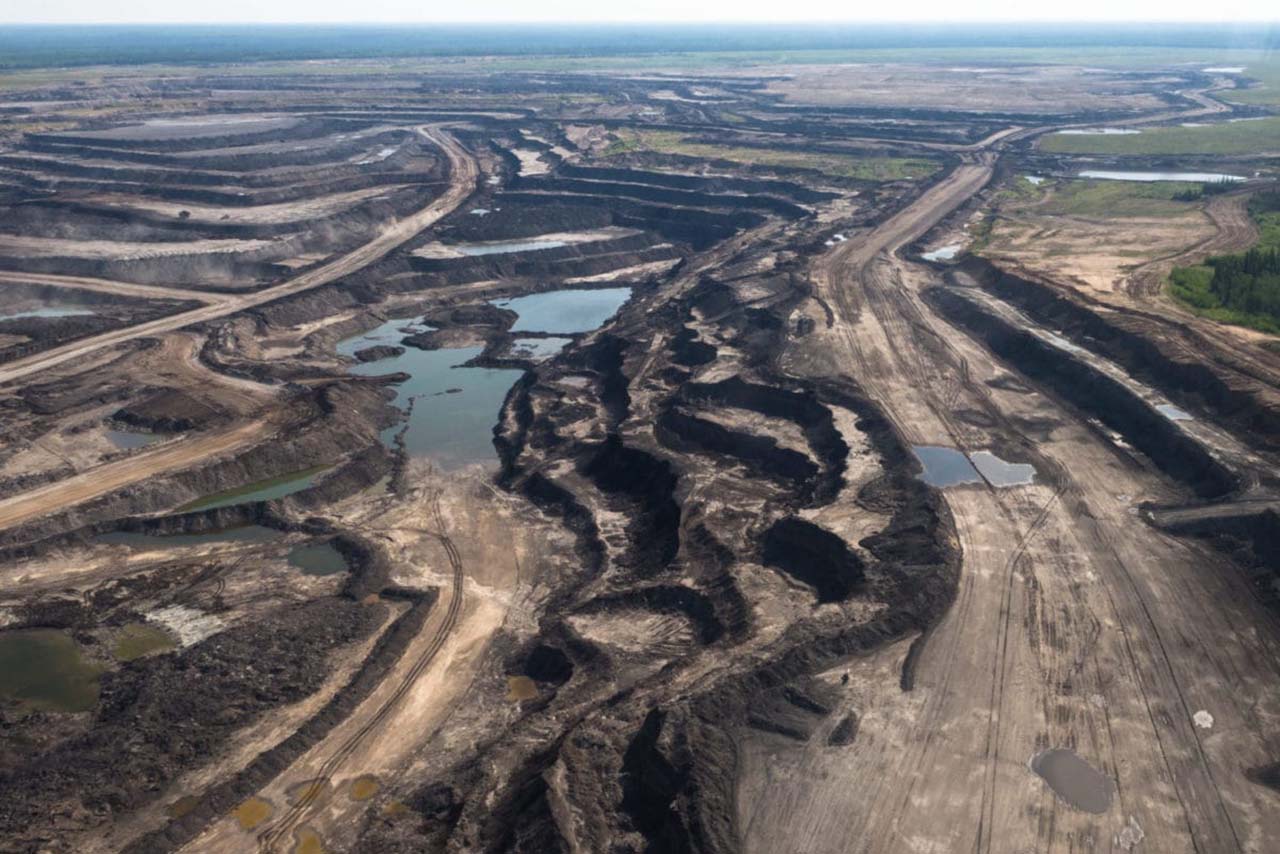








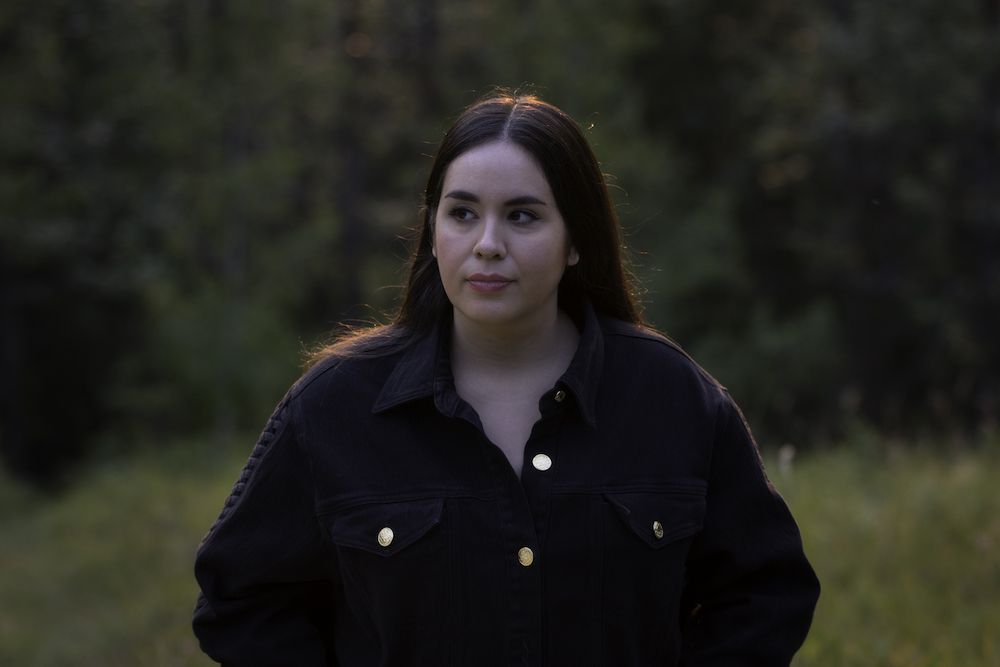 Emily Riddle: Here we are in 2019 and the discourse in this election around the ‘nation-to-nation’ relationship has been very different. Photo by Conor McNally.
Emily Riddle: Here we are in 2019 and the discourse in this election around the ‘nation-to-nation’ relationship has been very different. Photo by Conor McNally.




